Freight Forwarding in the Time of Corona
In just one month our world changed so much, that it will never be the same again. The majority of the offline activities switched to online: meetings, events, education, entertainment, wellness, shopping. Those businesses that were not online are either pivoting or closing down.
The Impact on Carriers
How does coronavirus impact the transportation of goods? At the moment there are no strict limitations on cargo transport. So what is causing the chaos in the supply chains?
The global transportation market is fueled by the supply-demand principle. What we see on the market now, illustrates it perfectly.
At the time of uncertainty, people tend not to spend their money unless they have to. So they save, preparing for the hard times ahead, buying only food supplies and other things to keep their basic needs covered.
When the demand goes down, supply follows shortly. As a result – hundreds of blank sailings from Asia to Europe and America. We do not know yet how deep into the red zone the carriers will get, but we should get the idea pretty soon.
The Impact on Freight Forwarders
Freight forwarding companies are in a much better situation compared to the shipping lines. They don’t have heavy fixed costs allocated into the long-term assets, and their business model is more flexible and agile.
In simple words, freight forwarders operate the model of ‘Buy Cheap and Sell with a Healthy Margin’. This model allows making money regardless of supply-demand fluctuations on the market, as long as they can offer tangible benefits to their clients.
These days, efficiency becomes a very strong competitive advantage for forwarders. Since there is less cargo on the market, it’s important to win as many bookings as possible.
The Best Strategy to Boost Sales for Freight Forwarders
Transparency and efficiency of the sales process become very important.
-
Easy access to freight rates
When sales teams are remote and work from home, they have to have easy access to freight rates. MS Excel file with rates on the shared office drive is the opposite of ‘transparency’.
-
Instant freight quotes
Salespeople need a simple and fast solution to send freight quotes to clients. The more quotes they send, the more bookings they win. This is simple math.
-
Follow up on open deals
It’s not enough just to send the quote, someone needs to do the follow-up and close the deal – is it won or lost booking? Many quotes get lost without the proper tools to follow on the progress.
-
Know your numbers
Being flexible and agile is the best strategy in times of uncertainty. Sales managers need access to numbers in real-time. They can monitor sales performance and win rates to be able to set the right direction for the team and adjust when needed.
Sales teams in freight forwarding companies can be very efficient with the right set of sales automation tools. Quotiss software could be the right solution to digitize your sales process. You will increase your sales productivity without increasing headcount. When your business is driven by efficiency, it directly impacts your company’s bottom line.
Contact us and go digital today.


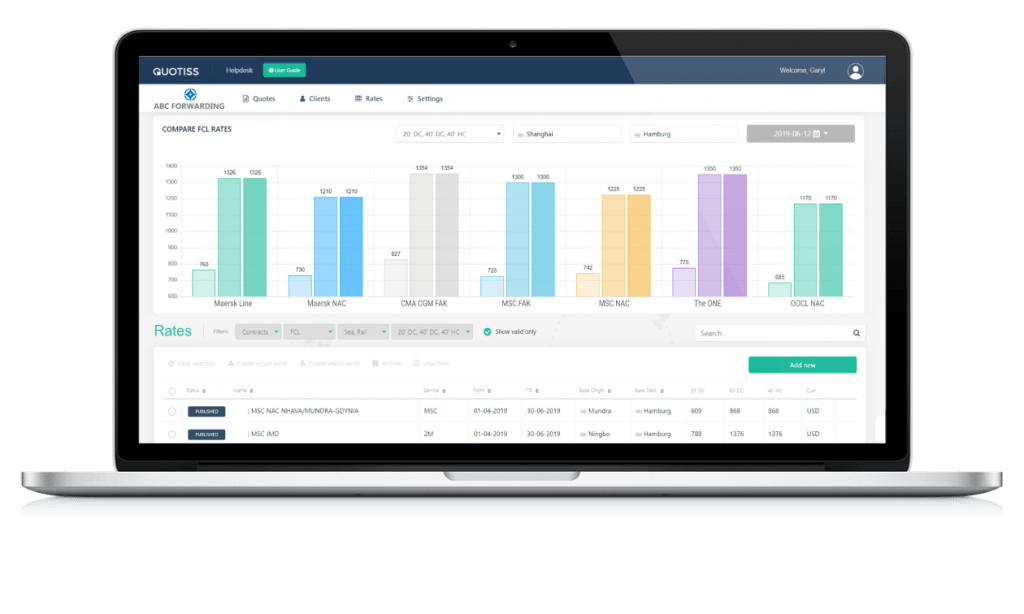

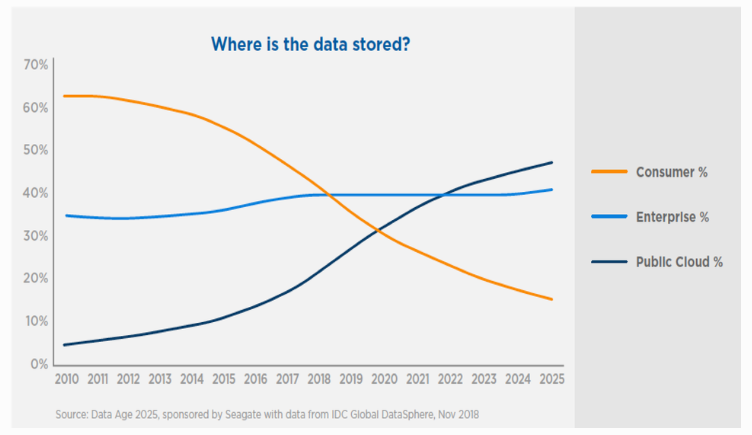
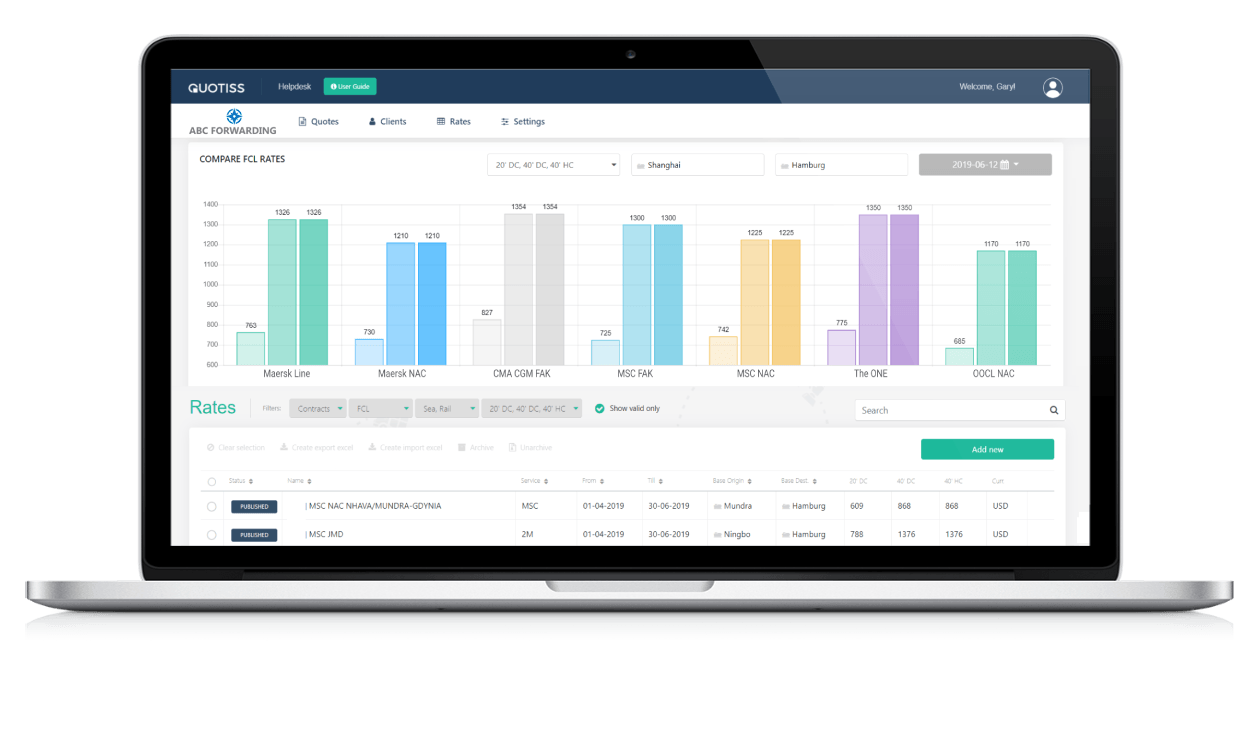
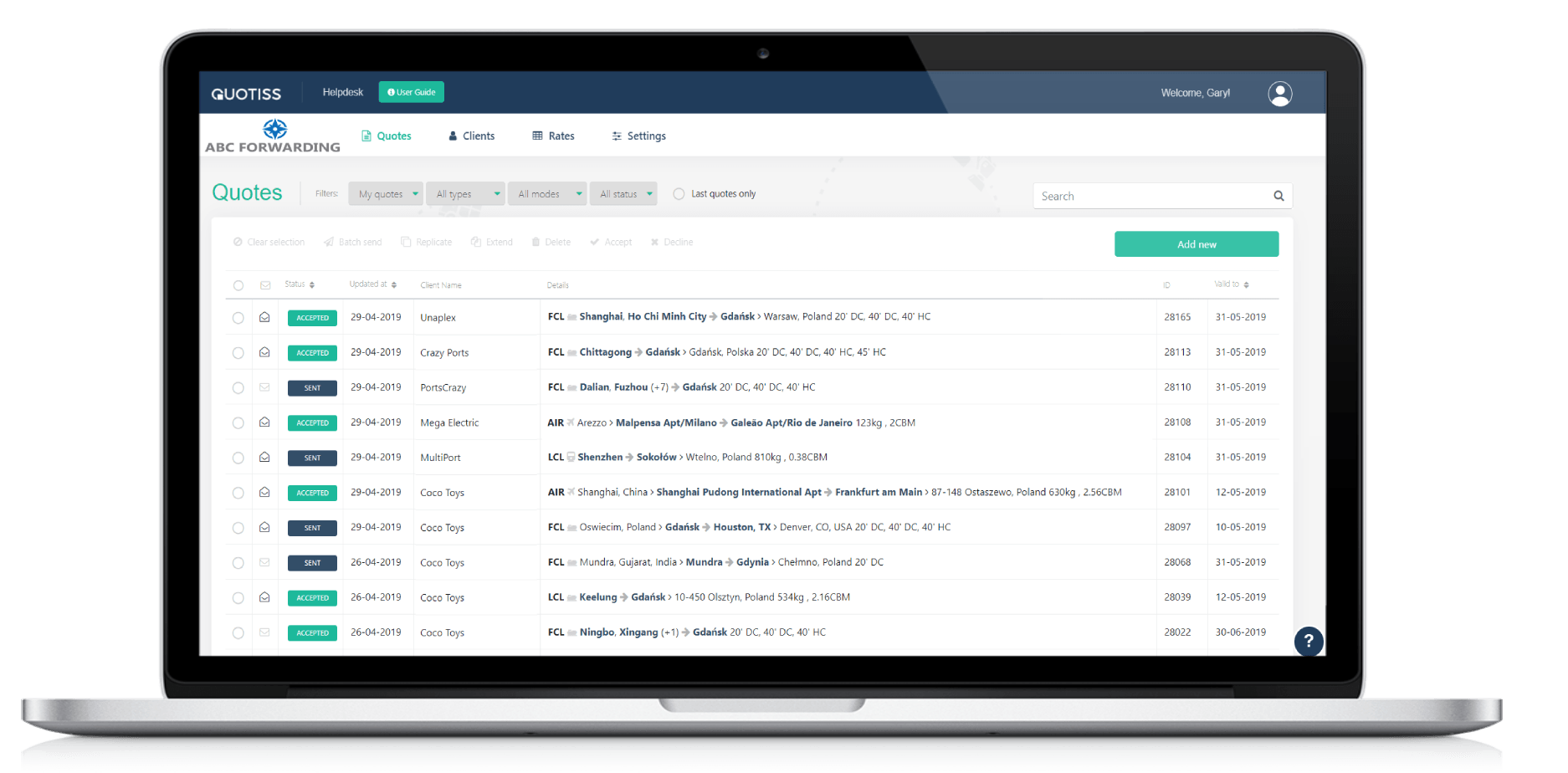
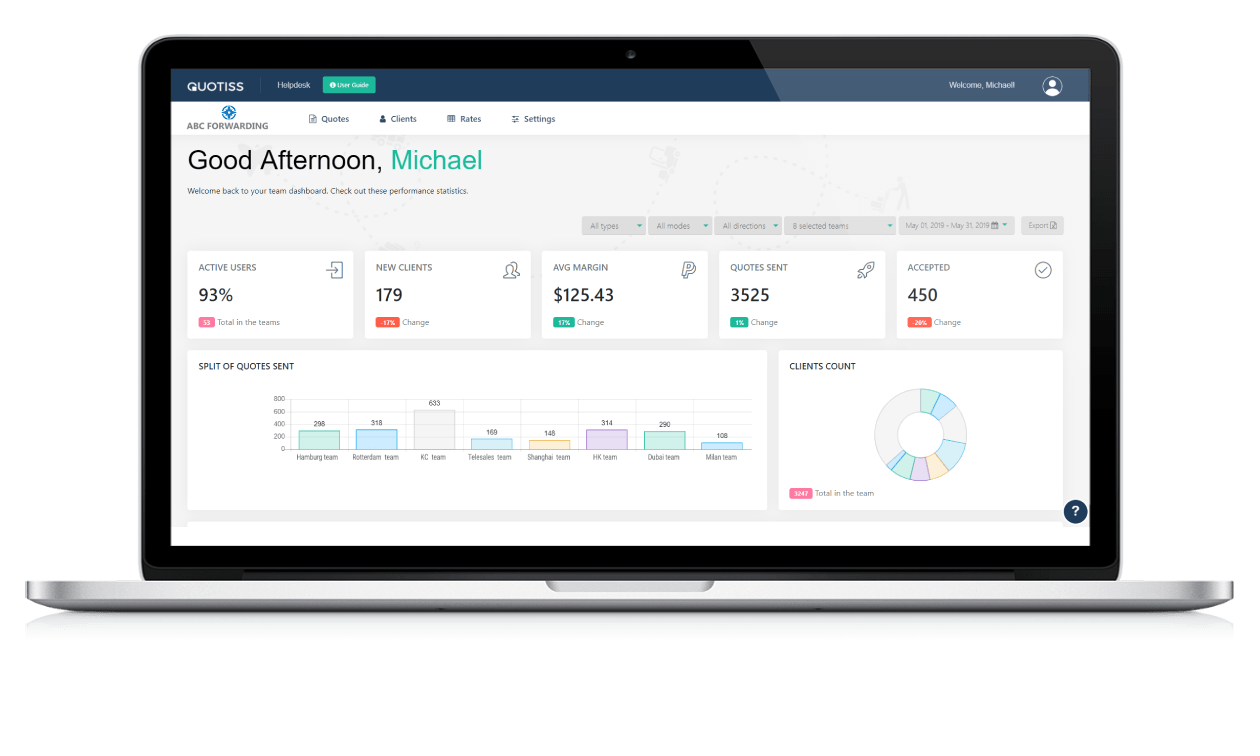
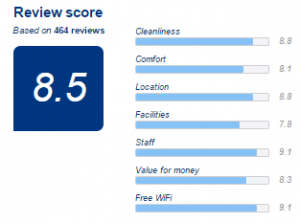 Most likely, first, you will go to an online platform that offers a selection of deals. Then you would apply some filters to define search criteria. The most common criteria would be price, location, and convenience (in the order of your personal preference). Once you have a shortlist, you’ll definitely look at the reviews before making the final decision.
Most likely, first, you will go to an online platform that offers a selection of deals. Then you would apply some filters to define search criteria. The most common criteria would be price, location, and convenience (in the order of your personal preference). Once you have a shortlist, you’ll definitely look at the reviews before making the final decision.

